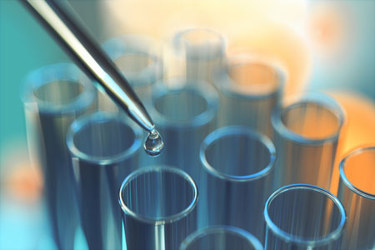Navigating Research To Development: Potential Challenges & Pitfalls
By Alain Guimond

Drug development is an extensive journey, commencing with drug discovery, progressing through nonclinical and clinical studies, and ultimately culminating in regulatory approval. Typically broken down into three main disciplines, the drug development process mainly involves: chemistry, manufacturing, and control (CMC); nonclinical; and clinical.
CMC programs encompass various elements such as scaling up the drug substance manufacturing process, conducting stability testing, early formulation development, and later validating the manufacturing process. Nonclinical programs involve a range of activities, including method development and validation, pharmacokinetic studies, in vivo efficacy studies, safety pharmacology, IND-enabling toxicology studies, and, if necessary, long-term studies. On the other hand, a clinical program comprises three main phases dedicated to assessing the safety and effectiveness of a drug in human subjects and patients.
With many steps between drug discovery and regulatory approval, there are several factors to consider at the earliest stages. Find advice for avoiding major pitfalls during the drug development process.
Get unlimited access to:
Enter your credentials below to log in. Not yet a member of Clinical Leader? Subscribe today.
